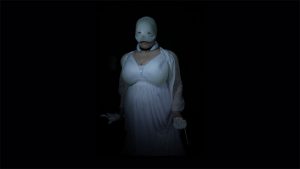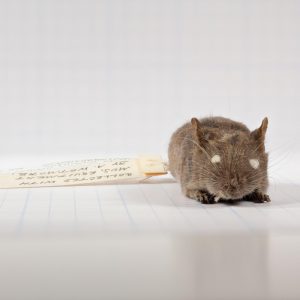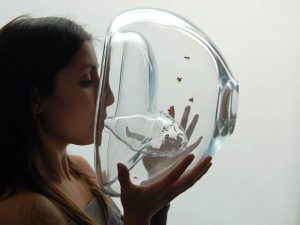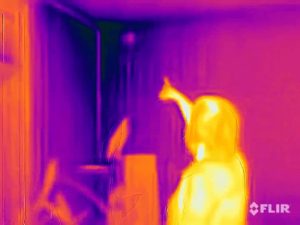At the end of last year, i read about bio-ink and bio-paper that could make so-called organ printing a reality. Suwan Jayasinghe of University College London and colleagues at Kings College London has used a form of ink-jet printing to create “jets” of living cells. SThe biophysicists say their technique, which does not destroy the cells, could be used to grow biological tissue or even human organs. The technique involves jetting biological cells from a needle at fields of up to 30 kilovolts.
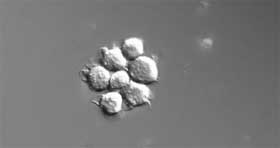 Micrograph showing micron-sized cells that are unharmed (image credit: S Jayasinghe)
Micrograph showing micron-sized cells that are unharmed (image credit: S Jayasinghe)
In medicine, ink-jet printers technology has been used to create 2D and 3D patterns of living cells by squeezing a solution containing the cells from a needle using piezoelectric crystals. However, the method is limited by the diameter of the needle and cannot produce droplets smaller than about 100 microns, which means that biological structures with fine features are difficult to make.
The “electrohydrodynamic jetting” developed in London overcomes this problem. A liquid suspension of live human cells is passed through a needle with a diameter of 500 microns. A voltage of up to 30kV is applied between the needle and an electrode, which charges the liquid. After leaving the needle, the external electric field turns the liquid into a jet that becomes unstable and disperses into a myriad of droplets.
The method can create droplets as small as just a few microns across from needles with diameters as large as hundreds of microns.
Via New Scientist and Physicsweb.

